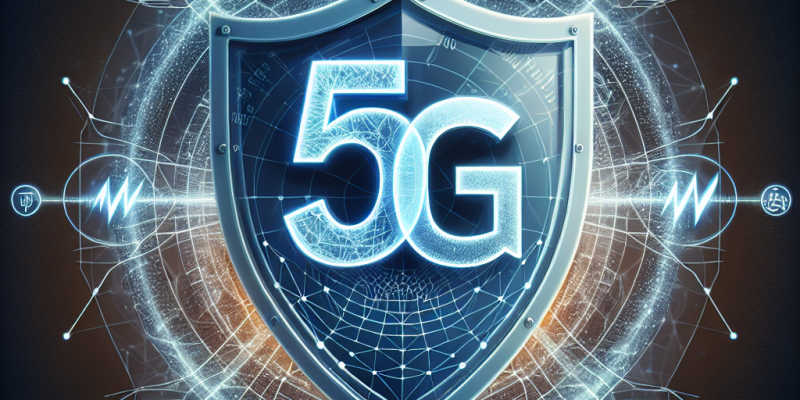5G Security Challenges: Preparing for the Risks of a Hyperconnected World

As we move deeper into 2025, the rollout of 5G technology is transforming how we connect and communicate. With its promise of faster speeds and lower latency, 5G offers incredible opportunities for innovation. However, this hyperconnected world also brings significant security challenges. Here, we explore the key risks and what steps can be taken to prepare for them.
1. Increased Attack Surface
One of the most significant challenges of 5G is the sheer number of connected devices. From smart cars to smart homes, the growth of the Internet of Things (IoT) means more entry points for hackers. In 2025, it’s estimated that billions of devices will be connected to 5G networks. Each of these devices can potentially be exploited, making cybersecurity even more critical.
Preparation Tip: Regularly Update Software
To combat this, it’s essential for manufacturers and users to regularly update their devices. Security patches can fix vulnerabilities and help protect against attacks.
2. Supply Chain Vulnerabilities
As 5G networks rely on a complex supply chain, vulnerabilities can emerge at any stage. Components sourced from different countries and manufacturers can introduce risks. If a single component is compromised, it can affect the entire network.
Preparation Tip: Assess Supply Chain Partners
Organizations should conduct thorough assessments of their suppliers. Ensuring that all components meet security standards is vital to safeguarding the overall network.
3. Data Privacy Concerns
With 5G, more data is collected than ever before. Smart devices constantly gather information, raising concerns about privacy. In 2025, regulatory frameworks are still catching up with technology, leaving gaps in data protection laws.
Preparation Tip: Implement Strong Data Governance
Companies must establish strong data governance policies. This includes understanding what data is collected, how it is used, and who has access to it. Transparency is critical to maintaining consumer trust.
4. Network Slicing Security Risks
One of the innovative features of 5G is network slicing, which allows multiple virtual networks to operate on a single physical network. While this increases efficiency, it also means that if one slice is compromised, others may be at risk as well.
Preparation Tip: Monitor Network Activity
Continuous monitoring of network activity can help identify unusual patterns. Resources should be dedicated to maintaining the security of each network slice to prevent cross-contamination of threats.
5. Threats from Nation-State Actors
As 5G technology becomes critical to national infrastructure, the risk of attacks from nation-state actors increases. Cyber warfare could target essential services, leading to widespread disruption.
Preparation Tip: Collaborate with Governments
Organizations should collaborate with government agencies to share threat intelligence. Building a public-private partnership can enhance the overall security posture and improve response times in the event of an attack.
Conclusion
While 5G technology offers exciting opportunities for advancement, it also brings considerable security challenges. As we navigate this hyperconnected world in 2025, it is crucial for individuals and organizations to recognize these risks and take proactive steps to mitigate them. By staying informed, implementing robust security measures, and fostering collaboration, we can prepare for a safer digital future.
In the end, the success of 5G depends not just on speed and connectivity, but also on how well we protect the resources and data that flow through these networks.














